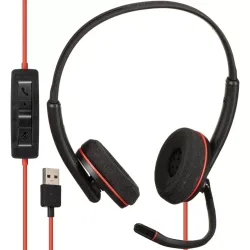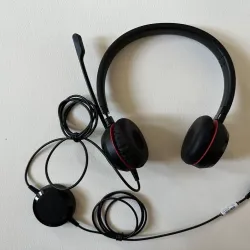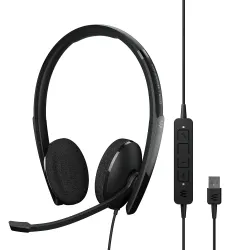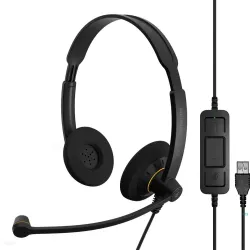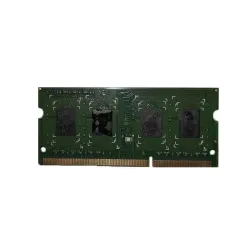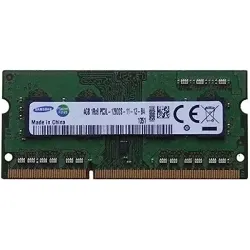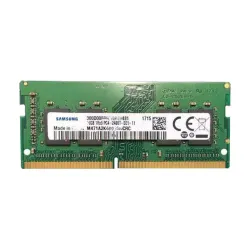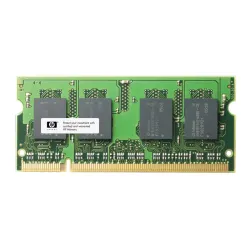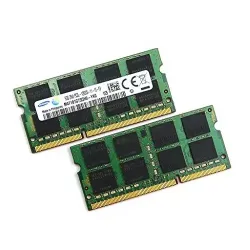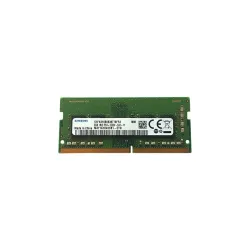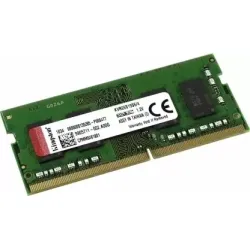Pulled Out Refurbished Used Ram Memory - Hynix, IBM, Samsung, TRANSCEND, Adata, DAICHI
What is Laptop RAM?
Laptop RAM (Random Access Memory) is a type of computer memory that is used to temporarily store data that the laptop is actively using. It is a vital component in a laptop that allows the computer to access data quickly and efficiently.
RAM provides a workspace for the laptop's processor to manipulate data, which helps the laptop to run smoothly and perform tasks quickly. When a laptop is turned on, the operating system and applications are loaded into the RAM from the hard drive, where they can be accessed quickly when needed.
The amount of RAM a laptop has will impact its performance, as more RAM allows a laptop to handle more data and multiple applications at the same time. Generally, the more RAM a laptop has, the better its performance will be.
Laptop RAM comes in different types, including DDR3, DDR4, and DDR5. Thui89e type of RAM a laptop uses will depend on the laptop's specifications and the generation of the processor. It is important to ensure that the RAM is compatible with the laptop before upgrading or replacing it.
How Much Memory Does a Laptop Actually Need?
The amount of RAM you need in a laptop depends on what you plan to use it for. Here are some general guidelines to help you determine how much RAM you need:
Basic Tasks:
If you mainly use your laptop for basic tasks like browsing the web, checking email, and using productivity software like Microsoft Office, 4GB of RAM should be sufficient.
Multimedia Tasks:
If you plan to use your laptop for more demanding tasks like photo editing, video editing, or music production, 8GB of RAM should be enough to handle these tasks.
Gaming:
If you plan to use your laptop for gaming, you'll need at least 8GB of RAM.
Virtual Machines:
If you plan to run virtual machines on your laptop, you'll need at least 16GB of RAM to ensure smooth performance.
Future-Proofing:
If you want to future-proof your laptop and ensure it can handle upcoming software and applications, consider getting a laptop with at least 16GB of RAM. This will give you plenty of headroom for future upgrades and ensure your laptop can handle more demanding tasks as they arise.
Optimizing Your Laptop's RAM Usage for Better Performance
Optimizing your laptop's RAM usage can help improve its overall performance and speed. Here are some tips to help you get the most out of your laptop's RAM:
Close Unnecessary Programs:
Having too many programs open at once can eat up a lot of RAM and slow down your laptop. Close any programs you're not actively using to free up memory for other applications.
Use a Memory Cleaner:
A memory cleaner or optimizer can help clear out any unnecessary files or data that may be taking up space in your laptop's RAM. These tools can help free up memory and improve your laptop's performance.
Adjust Startup Programs:
Some programs may be set to start automatically when you turn on your laptop, even if you don't use them right away. Disabling unnecessary startup programs can help free up RAM and speed up your laptop's boot time.
Increase Virtual Memory:
If you find that your laptop is running out of physical RAM, you can increase its virtual memory to help compensate. Virtual memory is a space on your hard drive that your laptop uses as temporary RAM. However, keep in mind that virtual memory is not as fast as physical RAM and can slow down your laptop if overused.
Install More RAM:
Adding more RAM to your laptop can help improve its performance, especially if you use memory-intensive applications or run multiple programs at once. Check your laptop's specifications to determine how much RAM it can support and purchase a compatible upgrade if necessary.
Adjust Visual Effects:
Visual effects such as animations and transparency can be pleasing to the eye, but they can also use up a lot of RAM. Adjusting your laptop's visual effects settings or turning them off entirely can help free up RAM and improve performance.
The best RAM for a laptop is usually DDR4, as it offers good performance and efficiency while being widely supported by modern laptops. However, the specific type and speed of RAM you should choose depends on your laptop's specifications and your individual needs. It's important to check your laptop's documentation to determine the type of RAM it supports and whether it has any limitations on the speed or capacity of RAM you can install.
The amount of RAM on a laptop depends on what you plan to use it for. For basic tasks like browsing the web and using productivity software, 4GB of RAM should be sufficient. For more demanding tasks like photo or video editing, 8GB of RAM is recommended. For gaming or running virtual machines, at least 16GB of RAM is recommended. However, having more RAM than you need won't necessarily translate to better performance, so it's important to consider your specific needs before deciding on the amount of RAM you need.
Currently, DDR5 RAM is the fastest RAM available. However, it's important to note that DDR5 RAM is not yet widely available and is not compatible with most existing computer systems. DDR4 RAM is the fastest RAM currently available for most mainstream computer systems, offering good performance and efficiency. The specific speed of DDR4 RAM can vary, with faster speeds generally offering better performance, but also higher cost.

